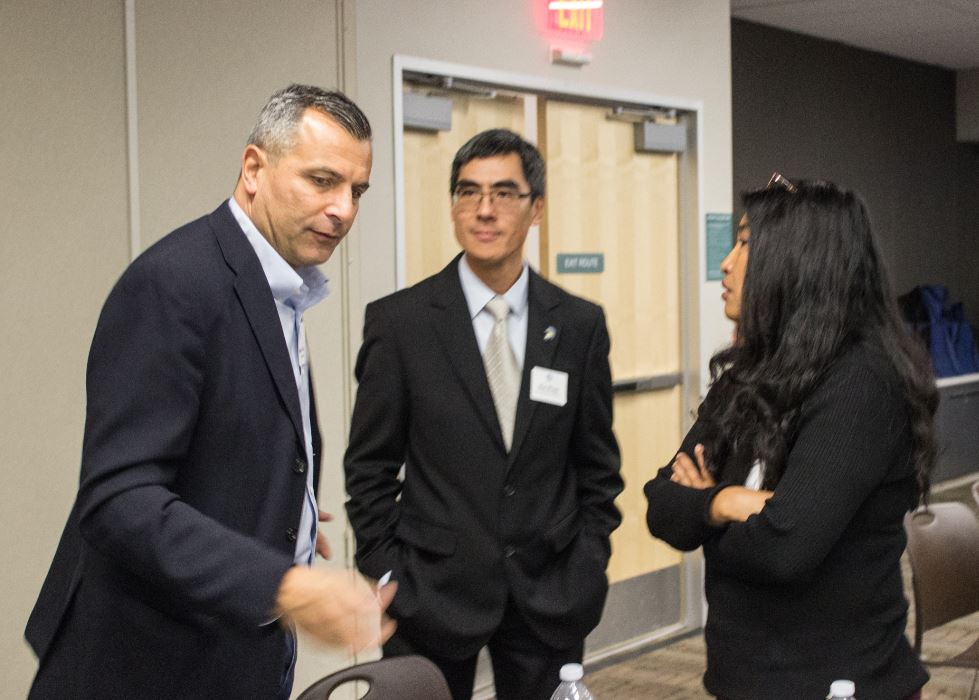
And the maximum coverage can also vary between programs.

Technology programs are covered under the VET TEC section of the Forever Bill, but only certain programs or schools are covered. The GI Bill helps students pay for various training programs, including traditional college programs, vocational programs, and coding bootcamps. Does the GI Bill Pay for Coding Bootcamps? Under the Post-9/11 Bill, those who served between 90 days and six months could only receive 40% of the maximum benefits, which rose to 50% under the Forever Bill. It also increased the amount of benefits veterans receive if they only served a short time. First of all, it removed the 15-year time limit for using benefits. The Forever GI Bill, enacted in 2017, added some improvements. Or, you must have served for at least 90 days of active duty with a dishonorable discharge or have received a Purple Heart. To qualify, you must have served on active duty for at least 30 days and received an honorable discharge after a service-related disability. Students who are awarded benefits under this bill receive up to 36 months of benefits for their tuition, housing, books, supplies, and even a one-time relocation payment. If you served on active duty after September 10, 2001, you might be eligible for the Post-9/11 GI Bill. Generally, the GI Bill helps veterans pay for college, graduate school, and training programs, but various programs and variations have come up over the years.

More programs are opening up to cover coding bootcamps and other alternative educational methods. As the education landscape changes, so do veterans' eligibility and education offerings. Those eligible for aid should use it, but a four-year college degree is not for everyone. Department of Defense, nearly 800,000 veterans and their families have already received more than $12 billion in educational benefits under the Post-9/11 Bill alone. It has been extended numerous times, and now a Post-9/11 GI Bill, the Forever GI Bill, and the Montgomery GI Bill Active Duty offer slightly different eligibility and fee structures to give veterans more options. A lot has changed in the 75 years since the GI Bill was first passed.

The GI Bill® was enacted to help veterans transfer into civilian life and, hopefully, avoid another grave economic crisis. This compensation does not influence our school rankings, resource guides, or other editorially-independent information published on this site.Īfter WWII ended, the United States expected nearly 16 million men and women serving in the Armed Forces to return home. Featured or trusted partner programs and all school search, finder, or match results are for schools that compensate us.


 0 kommentar(er)
0 kommentar(er)
